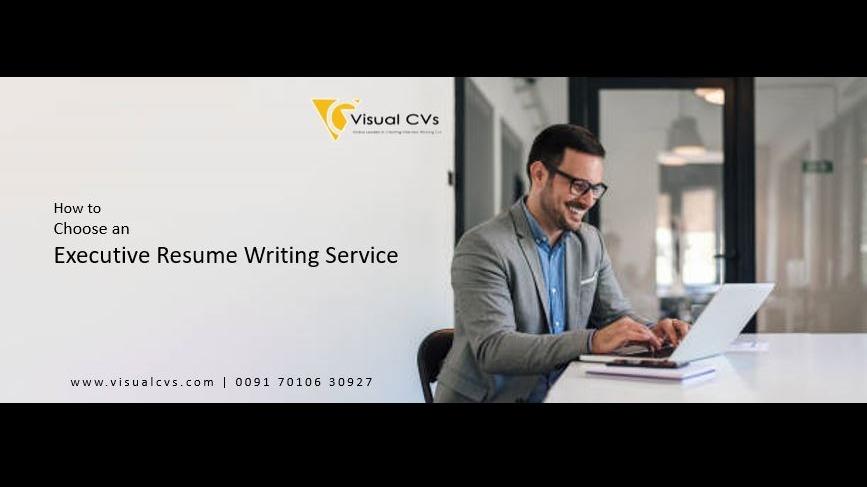
FACTS ON WRITING A GOOD UK RESUME
You must use a specific CV format in the UK when applying for jobs. When applying for jobs in the UK, make sure your CV is relevant for a UK audience and fulfils recruiters' expectations.
FORMAT A GOOD CV
Based on your relevant prior experience and the sort of work you are applying for, choose the ideal arrangement for your CV. There are three standard CV templates that are well-liked in the UK:
- Reverse chronological CV format - If you are applying for a job in the UK and have a years of relevant work experience, a reverse chronological CV format is the best choice.
- Combination CV format - A combination CV format can be helpful if you're looking for work in the UK and want to demonstrate how your prior skills and expertise are transferrable to the position you're looking for.
- Functional CV structure: A functional CV format is preferred for people with little or no professional experience. You can use this CV style when you apply for employment in the UK to highlight your skills and make up for a lack of experience.
TIPS & RULES FOR AN EXCELLENT CV
- CV, not Resume- The term ‘CV’ is most common in the United Kingdom. The terms ‘resume’ and ‘curriculum vitae’ are rarely used.
- LANGUAGE- Make sure to write your CV in proper British English.
- LENGTH- Your UK CV should not exceed two pages - “no longer than two sides of A4”.
- RESUME TEMPLATE- choose a fine template that suits well for your CV.
FORMAT, LAYOUT & ORDER FOR CREATING THE BEST CV
- PHOTO- There is no need for a photo on your UK CV. Despite being widespread in the rest of Europe, a CV photo is rare in the UK. In some circumstances, such as some sales roles or a creative job where visual presentation is vital, a photo may be acceptable, but be sure to first do some research on the company.
- PERSONAL INFORMATION- A UK CV just requires your name, home address, mobile phone number, and email address as personal information. There should be no further identifiable information supplied.
- PERSONAL STATEMENT- A five-line, concise biographical statement that briefly describes who you are, what you can do, and how you can contribute to the position you're seeking should go at the top of your CV. In your personal statement, which should be customized to the job description, put a strong emphasis on the skills and experiences that make you qualified for this specific role. Personal statements are a great way to stand out to an employer, even though they are not necessary.
- WORK HISTORY- List your previous jobs in reverse chronological order, beginning with the most recent. Use this space to showcase your achievements in each function; noteworthy accomplishments are more impressive than mundane work. Use active verbs to make your experience sound exciting and lively.
- ACADEMICS- The most recent education should come first, followed by the least recent. Include all relevant certifications' names, expiration dates, and locations. Your schooling should follow after your work experience, unless you have recently graduated.
ADDITIONAL SECTIONS FOR MAKING THE BEST CV
- SKILLSET- A common addition is a brief overview of your qualifications that is separate from your employment background. Without delving too deeply into your experience, this provides a succinct snapshot of your skills.
- VOLUNTEER EXPERIENCE- Any volunteer experience you have should be listed on your resume. Adding volunteer experience to the Work History part of your resume is optional, but make sure to indicate when a role is one that is voluntary.
- LANGUAGES- Please include any languages you speak well. This is especially crucial if the profession requires speaking many languages.
- REFERENCES- References are optional to include on your CV. Instead, when requested, follow up with references to an employer independently. You can reach us at info@visualcvs.com or give us a call at +91 7010630927 for further queries.
Add Comments
Your email address will not be published. Required fields are marked *
Categories
Recent Posts
 How To Choose An Executive Resume Writing Service In India
How To Choose An Executive Resume Writing Service In India
 Revolutionizing Job Applications: The Power of Mobile Resume Creators and Professional Resume Writing Services
Revolutionizing Job Applications: The Power of Mobile Resume Creators and Professional Resume Writing Services
 Master the Indian Job Market 2024: Secure Your Dream Job with Visual CVs
Master the Indian Job Market 2024: Secure Your Dream Job with Visual CVs
 Layoff | Sarah's Story
Layoff | Sarah's Story
 Stand Out with Personal Branding in Your Job Search and Resumes
Stand Out with Personal Branding in Your Job Search and Resumes
 What's the Best Way to Get Your Resume Noticed? Your Resume Upsets Recruiters: Insights from Hiring Managers
What's the Best Way to Get Your Resume Noticed? Your Resume Upsets Recruiters: Insights from Hiring Managers
 7 Smart Things to Say in Your Job Interview
7 Smart Things to Say in Your Job Interview
 Stand Out in a Visual World: Professional Resume Writing for Creative Professionals
Stand Out in a Visual World: Professional Resume Writing for Creative Professionals
 Creating Visual Excellence: The Art of Resume Writing for Finance Professionals
Creating Visual Excellence: The Art of Resume Writing for Finance Professionals
 Networking: Your Pathway to Professional Success and an Outstanding Resume
Networking: Your Pathway to Professional Success and an Outstanding Resume


